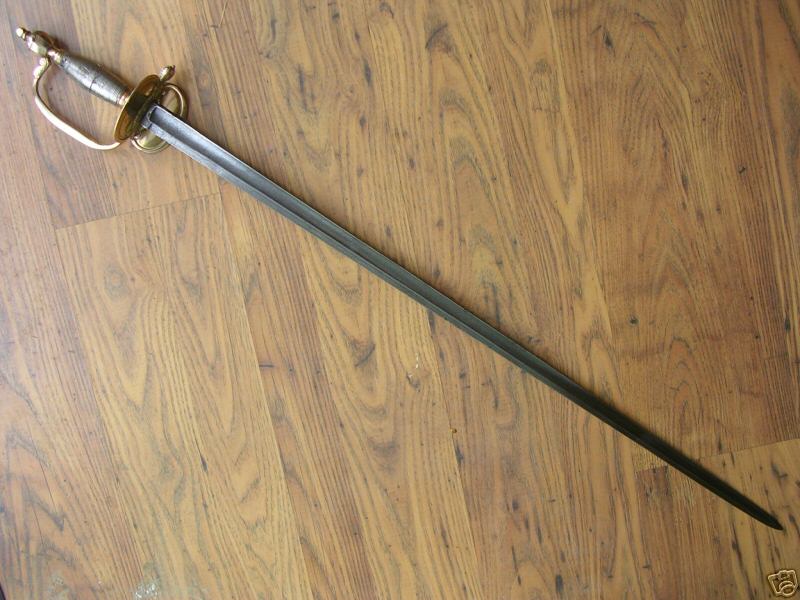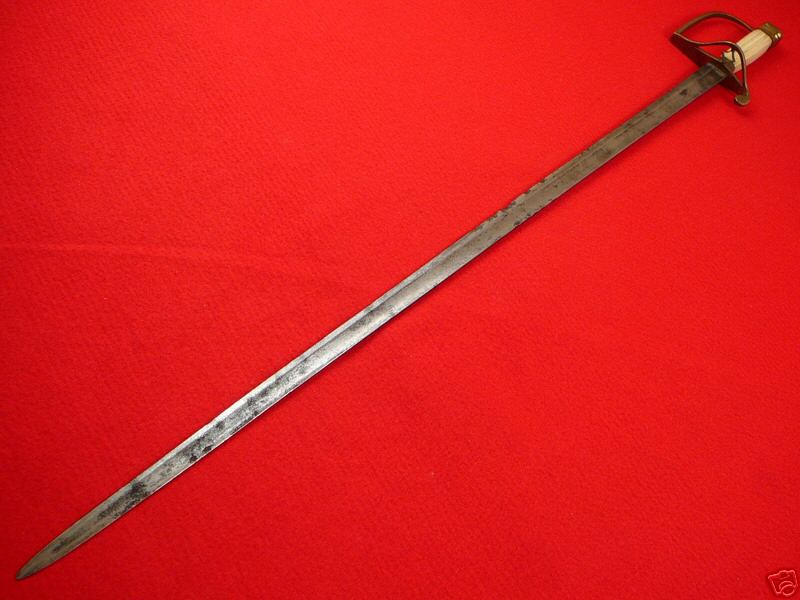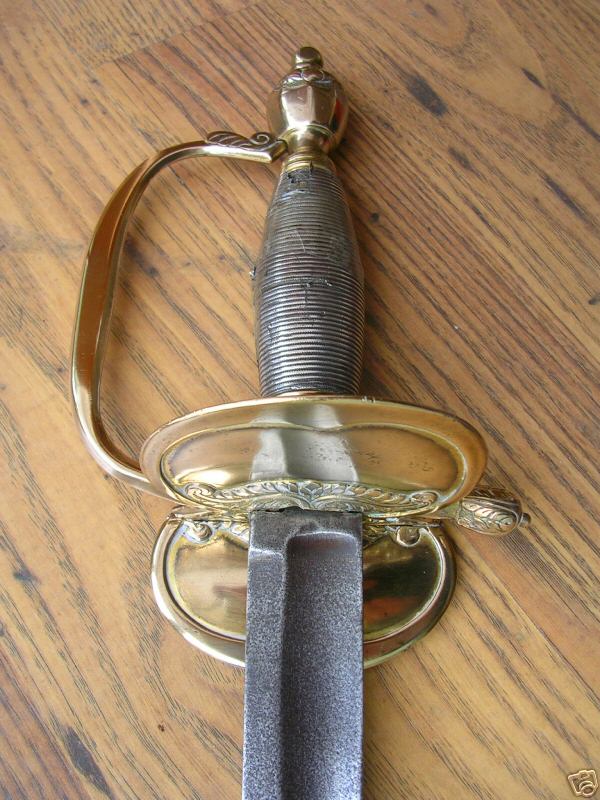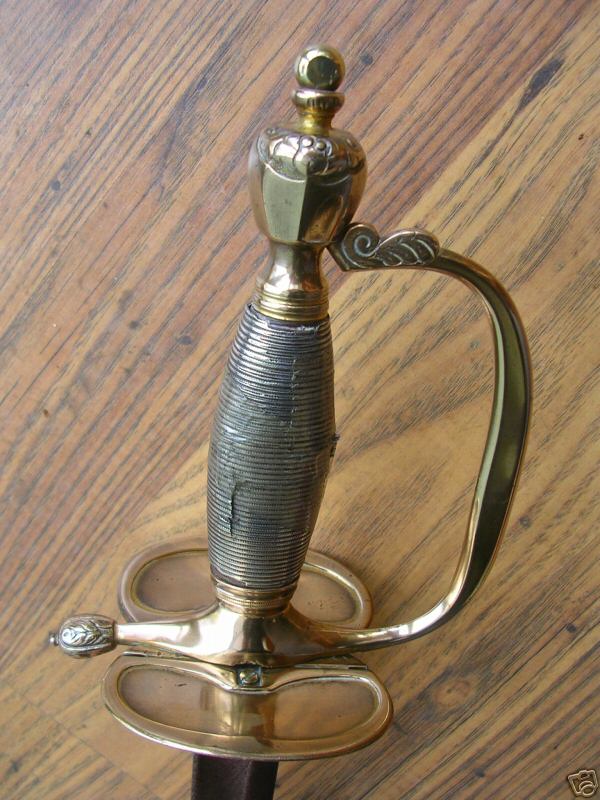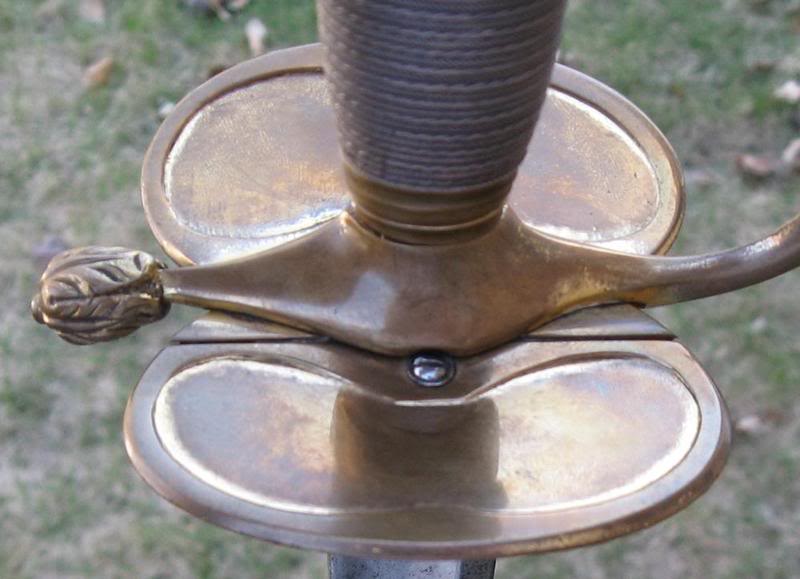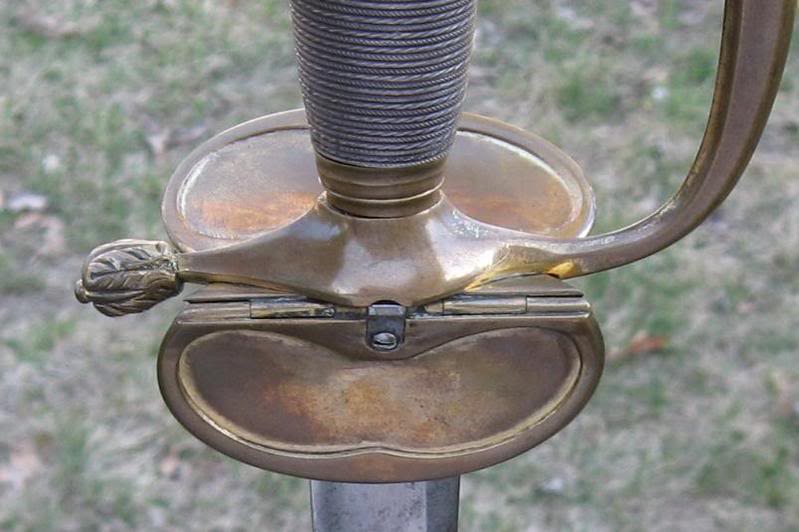Posts: 1,973 Location: Nipmuc USA
Thu 17 Apr, 2008 12:13 pm
I don't know that practicing spadroon technique was the real world context of what became sabre fencing but they do receive mentiion in a few articles. This one comes up in most of my searches on the subject.
http://www.1911encyclopedia.org/Sabre-fencing
Of note might be the Italian use of the words spadone and spadrone. That article relates the type to be a light broadsword. It also discusses singlestick quite a bit in relation to sabre fencing and although probably quite a parallel practice in the 19th century, might be perceived a better ancestor of sport sabre fencing than general combined backsword and smallsword technique. I am not a schooled fencer but do definitely look to both those genre as applicable to spadroon play. Some i would like to share a drink or two with while discussing this would be Paul Macdonald, Bob Brooks, Milo Thurston, etc. from the UK that have devoted time and practice to understanding fencing and freeplay with spadroons.
What we typically seem to think of as a spadroon blade does vary some in width but invariably seems to incorporate a sharpened false edge. It is not unreasonable to look at the evolution of the blade type for military use as being meant capable of more shearing type cuts while retaining the ability to slash with both edges of the blade's tip.
The fixed guard spadroons of the 1796 type do often seem a bit sturdier as well. David has posted some examples of what appear to be NCO examples and a somewhat interesting paralell is the U.S. use of a simliar pattern for NCOs during the American Civil War. Although, it is easily arguable that the U.S. pattern is derivative of the French military swords, the blade is pure spadroon albeit a bit narrower.
The slotted hilts varied from flimsy to sturdy as well. Here is my slotted hilt and although brass is probably sturdy enough to take quite a bit of punishment.
[ Linked Image ]
[ Linked Image ]
While still unable to place this one exactly in history, it is apparent that the general style lasted for some time. This one would apparently not be out of place anywhere from the 1780s to as late as 1820. Splitting the difference, i typically introduce it as somewhere around 1800 with additional caveats of information I have been offered regarding it.
It is my favorite of three to grab and flourish. Though, a bit of an ugly duckling from an aesthetic standpoint. My eagle pommel seems quite dead comparatively but has a showy appeal to go with a sturdy blade. My French dressy piece is very agile but truly more of smallsword calibre albeit conforming somewhat to what gets listed as spadroons.
Cheers
GC
